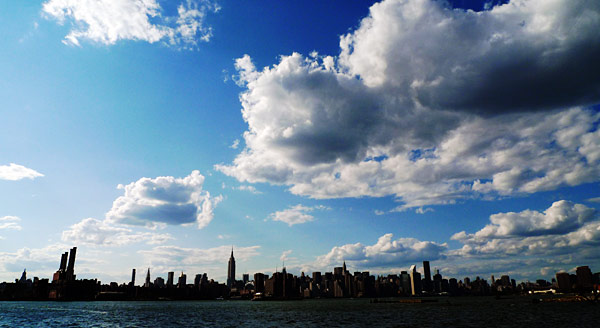Taylor Davidson · Why we create without getting paid

Wired Magazine, Cognitive Surplus: The Great Spare-Time Revolution:
[Daniel] Pink: We have a biological drive. We eat when we’re hungry, drink when we’re thirsty, have sex to satisfy our carnal urges. We also have a second drive—we respond to rewards and punishments in our environment. But what we’ve forgotten—and what the science shows—is that we also have a third drive. We do things because they’re interesting, because they’re engaging, because they’re the right things to do, because they contribute to the world. The problem is that, especially in our organizations, we stop at that second drive. We think the only reason people do productive things is to snag a carrot or avoid a stick. But that’s just not true. Our third drive—our intrinsic motivation—can be even more powerful.
Creating is fun. We can create and publish without any direct expense (it’s mostly free to blog, to share pictures, to create websites, etc.). It’s small, it’s easy. And we can do it without having to convince anyone to say yes. All we have to do is say yes to ourselves.
Thus, we do things, and share them, without expecting to get paid.
Directly, and short-term, at least.
Indirectly, longer-term, we know that following our passions and creating things we care about helps us get better and develop our skills. Sharing and publishing what we create helps us connect to kindred souls and establish our names and brands. Combined, we create real options: the right, but not the commitment, to undertake a further decision in the future. Real options have value, by creating the potential for us to turn these skills, connections and brands into something more meaningful and rewarding.
Unexercised, these real options are merely opportunities: mere ideas and dreams of what we or our projects could become.
But while it’s so easy to create real options, exercising them is often harder than we think.
Turning something we started for fun, or because we cared, into a money-making endeavor isn’t easy: turning on the built-in business model forces us to flip a switch, to reconsider our motivations, to make different decisions, to create processes, reports and structures that weren’t necessary when we just did things for fun. The small is easy, but we get rewarded (personally and financially) for the big.
Flipping the switch is the hard way to get paid.
Perhaps the key isn’t to flip the switch or change our motivations, but to exercise these options by building these activities into the other things we do, to augment our lives and break down the silos we create between projects and sides of our lives.
Link. Build on top of each other. Don’t throw away, but recycle and reuse. Shift lanes, not directions. Small things, done wisely, can add up to big.
It’s surely more natural, more organic, more human.
That’s how we turn what we did for free into something we do for money.
Right?
—
Post inspired by Mike Masnick, How Monetary Rewards Can Demotivate Creative Works, and by Julien, because he’s so good at making me feel I need to write more. And thank you, Barrett, via Sloane, for bringing the idea top of mind.